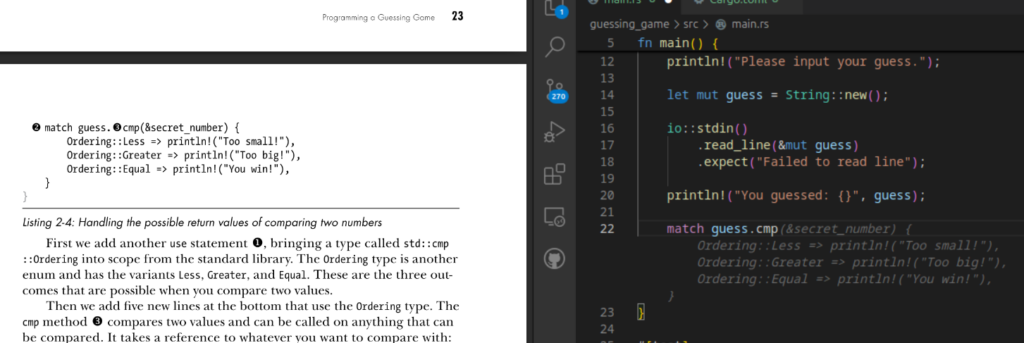This was a bit of trial and error honestly, and I’ll upload some screenshots when I get a chance, but got an external controller configured with Knulli.
Power on the SN30 Pro in “Windows” mode (hold Y + Start) then hold the pairing button for 3s.
In Knulli, open the menu:
- Controller & Bluetooth Settings > Enable Bluetooth
- Pair Bluetooth Pads Automatically
Once detected, if the controller is not responsive then you’re in a mode other than Windows.
From Controller Mapping select OK on the warning then hold any key on the SN30 Pro. Configure the keys and set either the Function key as either Star or Home on the SN30 Pro.
You’ll need then to set the active controller to SN30 Pro as P1 (or P2) controller with Controller & Bluetooth Settings > P1.
It’s not perfect but more than good enough to play games with the device connected to HDMI, which is pretty handy for a short sighted old fart.

